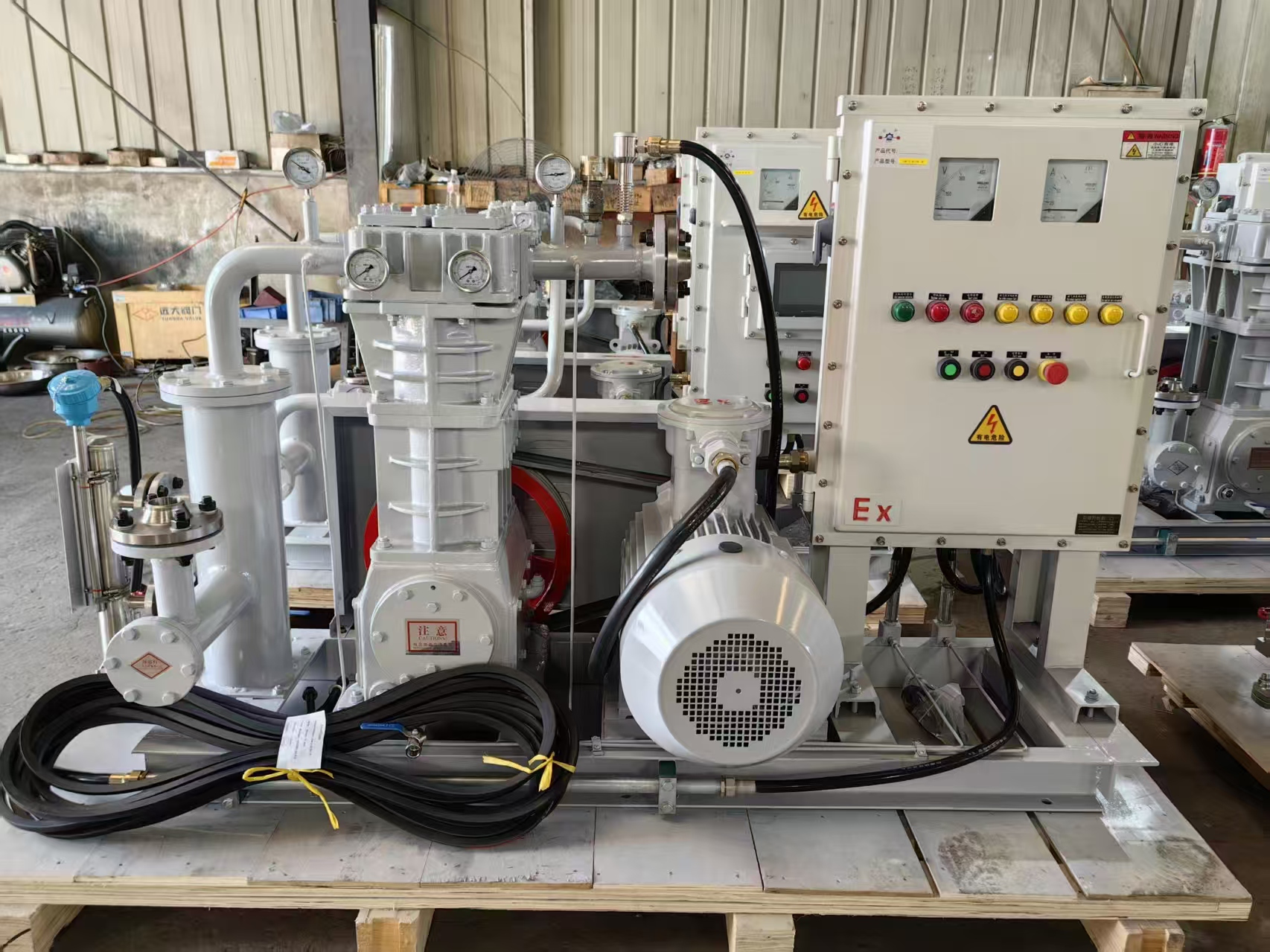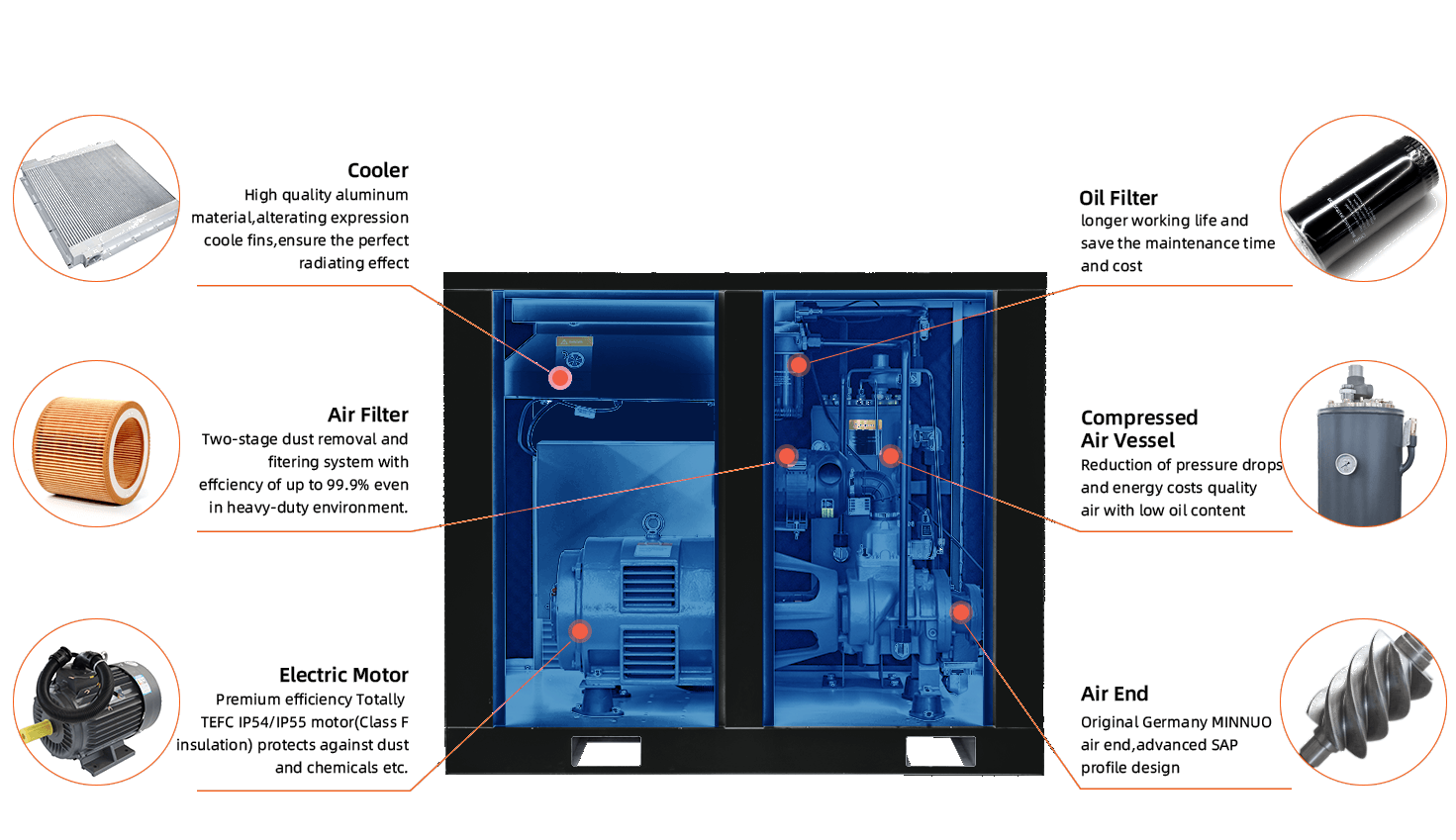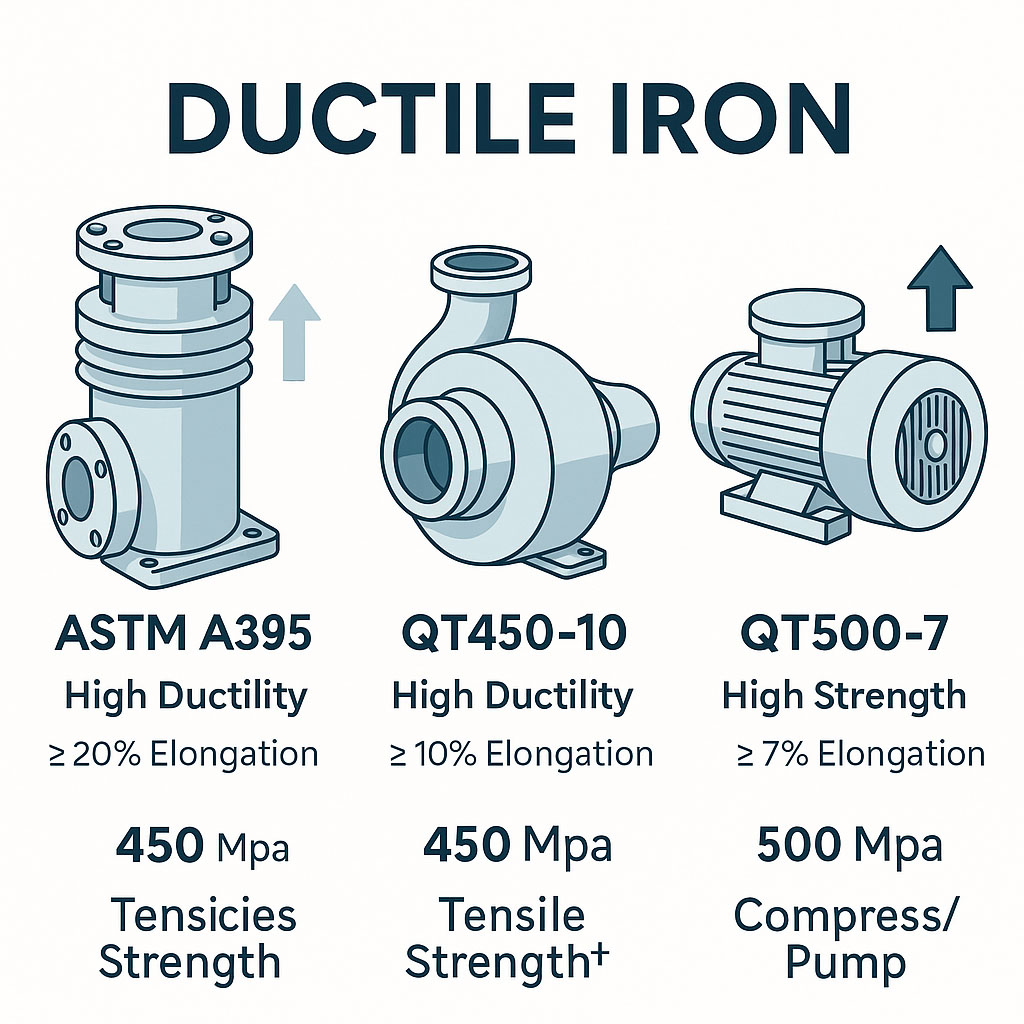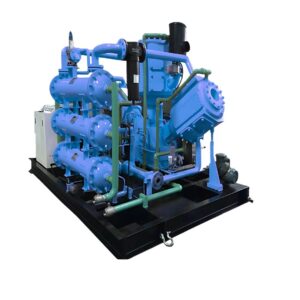If you’re comparing air compressors for industrial or personal use, you’ve likely encountered the term SCFM. But what is SCFM, and why does it matter when selecting a scfm air compressor? In this article, we’ll explore the definition of SCFM, how it differs from CFM, and why understanding this value is crucial to ensuring peak compressor efficiency.
What Is SCFM?
SCFM stands for Standard Cubic Feet per Minute. It measures the flow rate of air at standardized conditions—typically at 14.7 psi atmospheric pressure, 68°F temperature, and 36% relative humidity. Unlike raw CFM, which varies based on conditions, SCFM offers a normalized figure for better performance comparison.
📌 For instance, Keepwin DW-6/220 oil-free diaphragm compressor is rated at 6 Nm³/h (≈3.5 SCFM) at 220 bar. This SCFM rating allows engineers to calculate delivery time, fill rate, and power requirement with precision.
For this reason, manufacturers often rate their scfm air compressor products using SCFM instead of CFM.
The Difference Between SCFM and CFM
Many users confuse SCFM with CFM, although they serve distinct purposes. The difference between SCFM and CFM lies in the reference conditions:
-
CFM is a raw, actual flow rate dependent on current temperature and pressure.
-
SCFM, on the other hand, is adjusted to standard atmospheric conditions.
Therefore, when comparing models or selecting tools, understanding this difference helps prevent underperformance or oversizing.
💡 For example, a tool may require 5 SCFM, but your compressor might only deliver 5 CFM under non-standard conditions—resulting in airflow deficiency.
Why SCFM Matters for Compressor Efficiency
Matching your compressor’s SCFM rating to the requirements of your tools or systems improves overall compressor efficiency. If the flow rate is too low, your tools will lag. If it’s too high, you’re wasting energy and increasing operating costs.
To achieve optimal efficiency:
-
Always match SCFM output to tool demands
-
Account for system losses (e.g., hose friction, filters)
-
Regularly monitor airflow delivery under load
How Air Compressor Cooling Affects SCFM
When a compressor operates, it generates heat. Without proper air compressor cooling, this heat increases air density and reduces SCFM output. In turn, this can degrade tool performance and cause overheating.
Modern air compressors include aftercoolers, intercoolers, or water jackets to maintain stable temperatures. Cooling isn’t just for protection—it preserves SCFM accuracy under working conditions.
Types of Air Compressors and Their SCFM Ratings
Different types of air compressors are suited for different SCFM demands:
| Compressor Type | Typical SCFM Range | Best For |
|---|---|---|
| Reciprocating (Piston) | 2–30 SCFM | Small shops, hobby use |
| Rotary Screw | 50–500 SCFM | Industrial plants |
| Centrifugal | 500+ SCFM | Large-scale continuous systems |
| Diaphragm | 1–10 SCFM | Medical, lab, gas purity systems |
Choosing the right type ensures your SCFM output aligns with real-world needs.
In summary, SCFM is more than just a number on a compressor spec sheet—it’s the backbone of how your system performs under real conditions. Understanding SCFM, the difference between SCFM and CFM, and its relationship with air compressor cooling and compressor efficiency can save you energy, time, and money.
Whether you’re evaluating types of air compressors or sizing a system for industrial applications, SCFM is the metric that truly matters.
📩 For expert consultation on selecting the right scfm air compressor, contact Keepwin Technology Hebei Co., Ltd. Our engineering team is ready to help you build an efficient, high-performing compressed air system.











